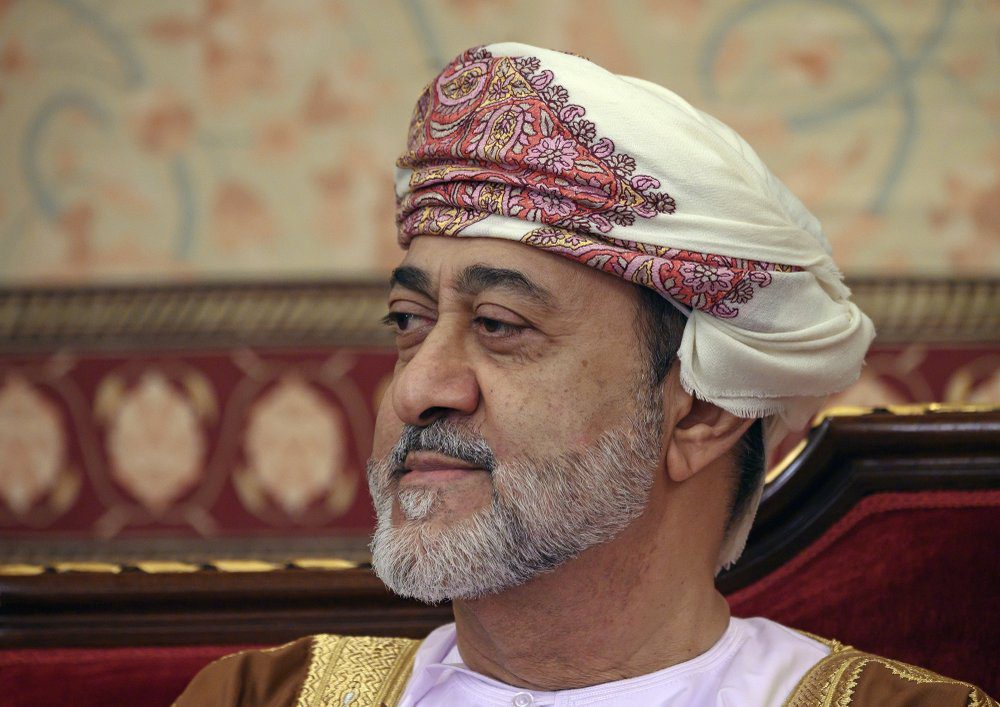Sowing the Seeds of Diplomacy
Oman, an unassuming gem nestled in the cradle of the Middle East, has recently been whispering across the corridors of diplomacy. The Sultanate has an age-old history of bridging communication gaps, and in its capital, Muscat, two global titans – the US and Iran – are reportedly edging closer to an instrumental prisoner deal. Sayyid Badr Albusaidi, Oman’s sagacious Foreign Minister, divulged that a potential accord is near fruition. Both parties, he articulated, are exhibiting solemnity as they iron out the finer intricacies.
The devil in the details
In the meticulously-crafted ballet of diplomacy, the 2015 nuclear accord plays a significant role. The US and Iran have forayed into the labyrinthine negotiations to rejuvenate this arrangement. This deal, initially sewn in 2015, saw Iran agree to shackle its nuclear ambitions in return for a reprieve from stifling sanctions. However, this tapestry was tarnished, and talks collapsed in September 2020 when Iran purportedly sought terms beyond the original deal.
The human cost
At the heart of these negotiations pulsates a dire human element. Americans Siamak Namazi, Emad Shargi, and Morad Tahbaz remain incarcerated in Tehran’s Evin Prison, a site infamous for its brutality. Espionage is the indictment, though the US vehemently rejects these charges. Observers contend that the Biden administration is unlikely to entertain any nuclear accords sans securing the release of these individuals.
The Iranian stakes
Iran’s ante in this high-stakes diplomatic poker is access to billions of dollars in frozen assets, ensnared in South Korean banks courtesy of US sanctions. The mooted agreement would witness Iran reclaim these funds, albeit solely for humanitarian ends. Oman, alongside Qatar and the United Kingdom, has graciously orchestrated these discussions.
Winds of change in Muscat
The tranquil breezes wafting through Muscat recently carried whispers of clandestine talks between the US and Iran. Oman, which wielded its prowess as a conduit in the 2015 nuclear accord, is again offering its good offices to smoothen ruffled feathers. Albusaidi remained coy on Oman’s involvement but assured their earnest endeavours to aid both parties.
The necessity of urgency
The clock ticks ever faster as Iran’s nuclear programme swells and inspectors face barriers. The US now assesses that Iran’s nuclear breakout period, the time required to amass sufficient fissile material for a nuclear bomb, has dwindled alarmingly. This lends urgency to the negotiations and demands swift action.
A tapestry of diplomacy unfolding
Oman’s efforts are heralded by experts as instrumental in constructing a milieu conducive to the detainee deal. The current talks have gained traction and momentum, and the wider diplomatic community is abuzz with anticipation. European diplomats intimate at the proximity of a breakthrough, and even the Iranian mission to the United Nations has chimed in with optimistic tones.
Moreover, recent diplomatic engagements including meetings in Abu Dhabi, Oman’s Sultan Haitham bin Tariq al-Said’s visit to Iran, and Iran’s release of foreign detainees have contributed to the intricate weave of this diplomatic tapestry.
The path ahead
In a welcome overture, the US recently permitted Iran to access $2.7 billion in gas and electricity debt, a move seen as an olive branch. Albusaidi paints the picture of a positive atmosphere. Muscat, he says, believes the Iranian leadership is earnest in reaching an agreement.
These negotiations could herald a seminal moment in US-Iran relations, but for this delicate tapestry to sustain, reciprocity and good faith must remain the loom and thread.
Image Credit: Andrew Caballero-Reynolds/Pool via AP



















